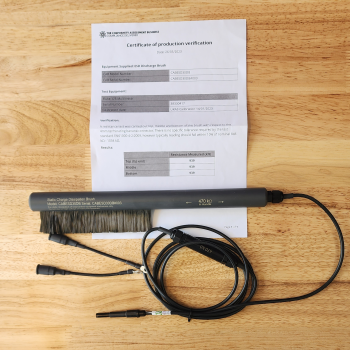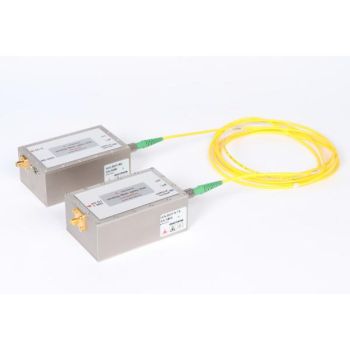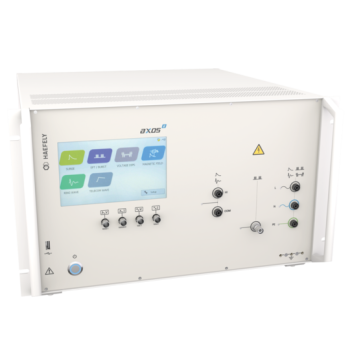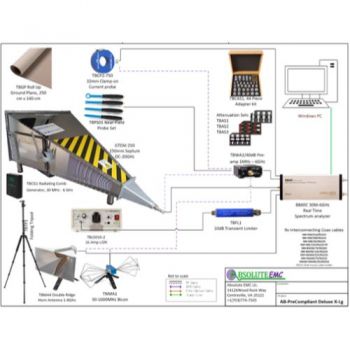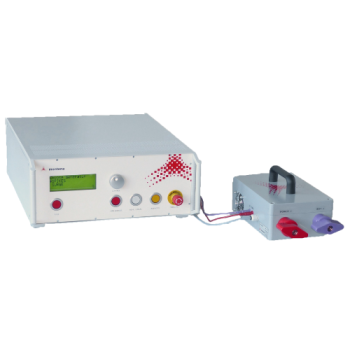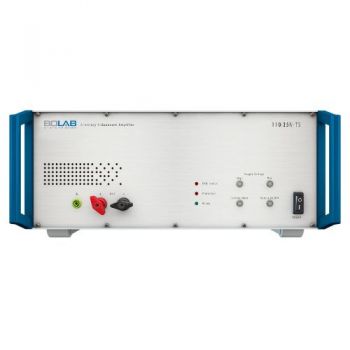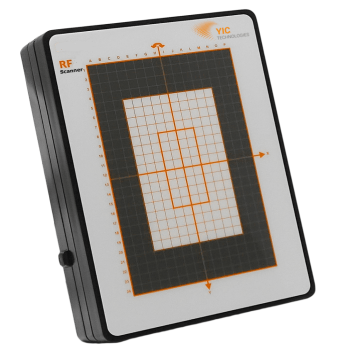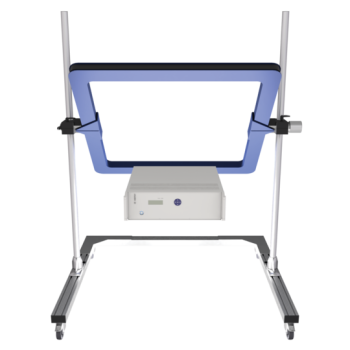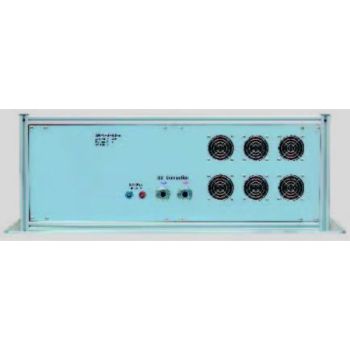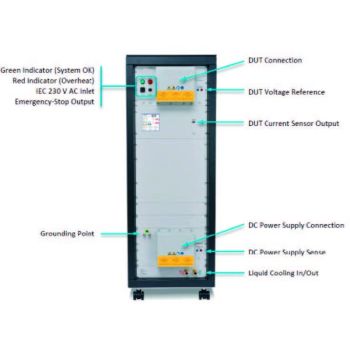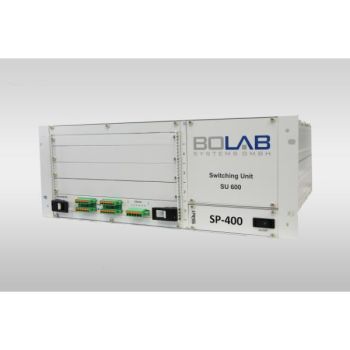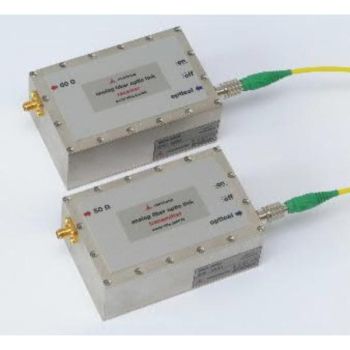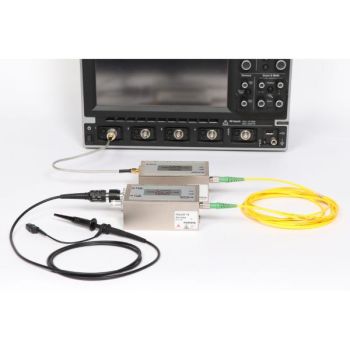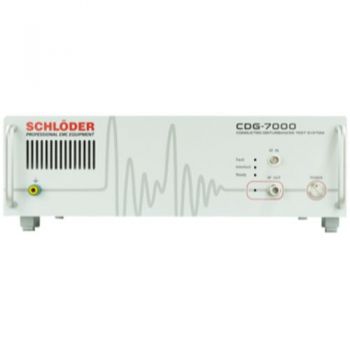ESD Static Dissipation Brush used for ESD testing
In the IEC 61000-4-2 standard, there is a reference to an ESD (Electrostatic Discharge) dissipation brush. The IEC 61000-4-2 standard is part of the International Electrotechnical Commission's (IEC) series of standards that deal with electromagnetic compatibility (EMC).
The purpose of IEC 61000-4-2 is to specify test methods and performance criteria for evaluating the immunity of electrical and electronic equipment to electrostatic discharge. It defines various test levels and test methods to simulate different electrostatic discharge events that may occur in real-world environments.
While IEC 61000-4-2 does not provide a detailed description or specification of the ESD dissipation brush itself, it may reference the use of such a tool in specific test setups. An ESD dissipation brush is typically used for discharging static electricity from surfaces or objects to prevent the build-up of electrostatic charges.
ESD dissipation brushes are often made of conductive materials, such as metal fibers or carbon, which allow the controlled dissipation of electrostatic charges. They are commonly used in areas where electrostatic discharge can pose a risk to sensitive electronic components or devices.
It's important to note that the exact requirements and specifications for the ESD dissipation brush may vary depending on the specific application and context in which it is being used. Therefore, it is advisable to consult the relevant sections of the IEC 61000-4-2 standard for specific guidelines and requirements related to the use of an ESD dissipation brush in the testing and evaluation of equipment's immunity to electrostatic discharge.
